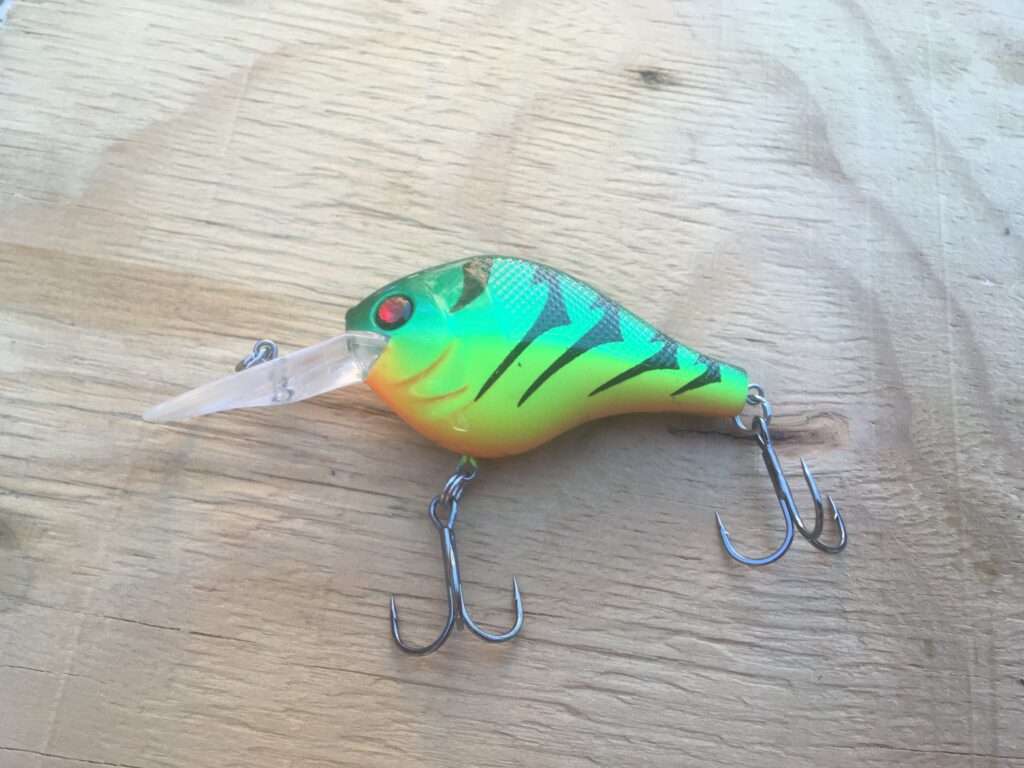Crankbaits are a popular lure that come in many shapes and sizes. They are easy to fish and highly effective as they imitate fish, making them a target for most predatory fish.
They can be broken down into 2 main styles of crankbaits: the lipped and lipless crankbait.
The most common form of crankbait is named such because it has a large bill on the front that determines the depth that the lure dives when retrieved.
The size and shape of the bill can change the function of the lure greatly.
With larger, longer bills meaning that the lure will dive deeper (often called a deep diving crankbait).
Shorter bills mean the crankbait will dive shallower.
This gives you great control over the depth you want to fish if you are willing to buy multiple crankbaits.

The other thing to consider is the shape of the bill on your crankbait. These will affect the action (the way the lure moves through the water) and the type of cover you can fish through.
There are 2 common types of bill shapes, square and rounded.
Square shaped bills are most often found on more shallow diving crankbaits. The reason for this is that square bills are ideal for fishing through heavier cover as they bounce off the cover rather than becoming snagged.
Rounded crankbaits tend to have better action when fished deep, doing a side-to-side action that attracts fish.
When it comes to fishing lipped crankbaits, it is as simple as lure fishing can get. Just cast and retrieve; the lure will do all the hard work for you, making it an effective lure for beginners.
Lipless crankbaits are, as you can guess, a crankbait that has no lip. It instead has a more streamlined, flattened body. This means that the lure has a more streamlined wiggle action when retrieved. Some will even have rattlers built inside the lure to help attract fish.
The lure itself will slowly sink and it is a good idea for you to find out how quickly the lure can sink, as this will let you get a good idea of at what depth you are fishing.

Like a lipped crankbait the retrieve is rather simple: cast out, wait till it sinks the desired depth and retrieve.
However, there are some variations to retrieving that might get fish to bite.
Rather than a straight retrieve, lipless crankbaits are better if there is variation in speed and rhythm. Try a “stop and go” retrieve. There you bring the lure in and then allow it to sink for 3 to 4 seconds before retrieving again.
Another common way the lure is fished is along grass at the edge of the water. If the lure gets stuck “pop” it out with a quick tug of your rod tip. Often this will trigger a reaction in fish.
Other than that, experiment in retrieval and rhythm, and you will surely be rewarded.